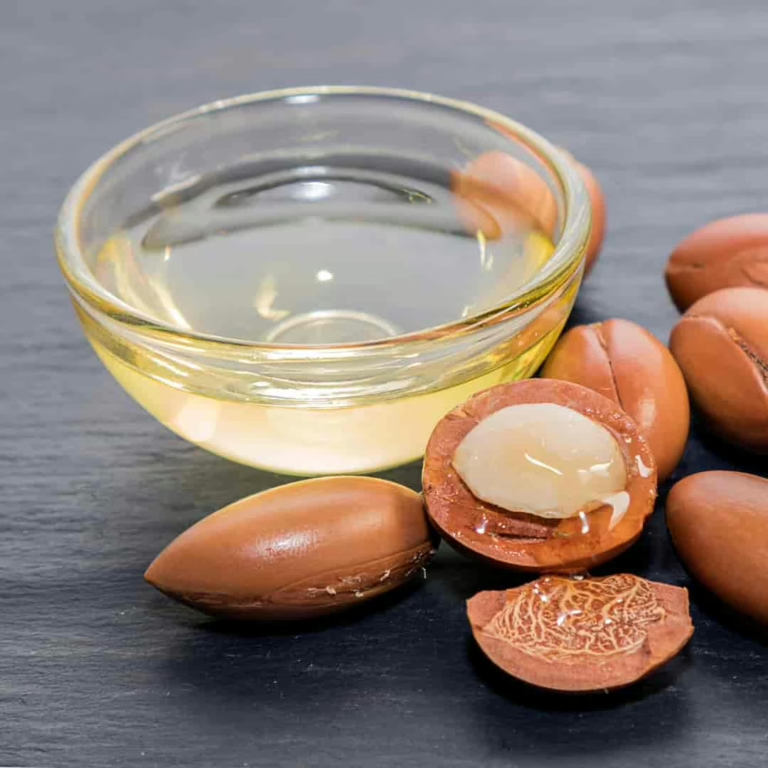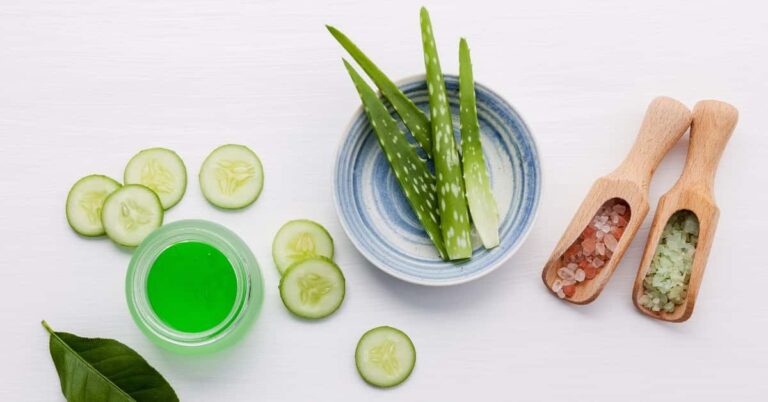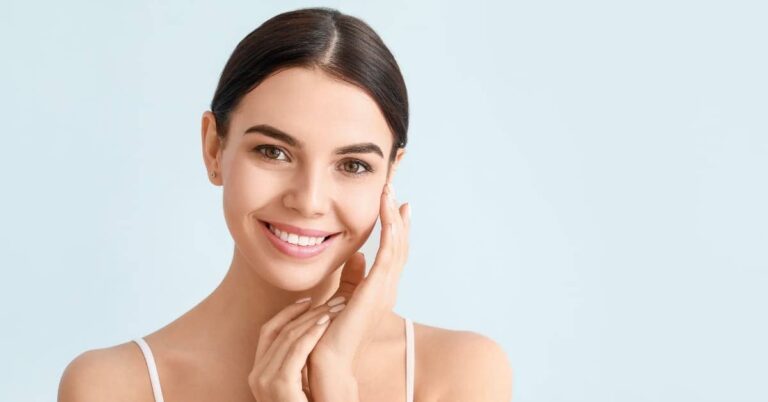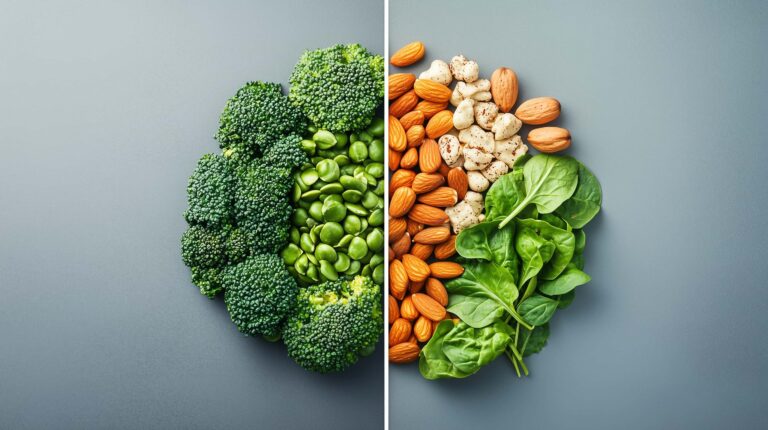9 Untrue Assumptions That Darker Skin Tones Don’t Need SPF
If You’ve Got Melanin, You Still Need Protection
Picture this: India’s UV Index hits the “very high” zone even on hazy monsoon afternoons, yet surveys show only about one in three Indians uses sunscreen daily. Meanwhile, darker‑skinned patients everywhere are diagnosed later and survive melanoma far less often—Black patients globally have roughly a 70 percent five‑year survival rate versus 94 percent for white patients. Clearly, relying on melanin alone is risky business.
So why do sunscreen myths stick around? Because they sound logical (“I never burn”) or solve a short‑term annoyance (a sticky feel, a ghostly cast). Add busy schedules, humid traffic jams, and the idea that sunscreen is a “foreign” habit, and you have a recipe for confusion. This guide tackles nine common assumptions head‑on, translating up‑to‑date science into simple, actionable steps you can weave into the fastest Mumbai commute or a laid‑back Sunday in Shillong.
By the end, you’ll know how UV light behaves, how modern formulas solve cast and acne worries, and exactly how to choose and reapply sunscreen without blowing your budget.
UV & Melanin 101: Why Colour Alone Isn’t an Invisible Shield

Think of UVA rays as stealthy “ageing” arrows. They dive deep, triggering hyperpigmentation, uneven texture and collagen breakdown. UVB rays are the “burn” bullets that sting the surface and spark redness, tanning and DNA mutations. Melanin acts like a tinted window: it scatters and absorbs some UV—roughly the equivalent of SPF 13—but plenty still leaks through.
Now factor in geography. Most Indian cities lie between latitudes 8° and 33° north, receiving intense sunlight for ten‑plus months a year. Clouds, window glass and pollution haze dim brightness but do not block UVA; those sneaky arrows sail right through. Indoors, fluorescent tubes and LED screens add blue light that further fuels pigment changes. Bottom line? Melanin helps, but sunscreen finishes the job if you want to keep wrinkles, dark spots and serious disease at bay.
Melanin Blocks All UV Damage
The Myth
Because your skin tans easily, you’re immune to UV harm.
The Reality
Melanin scatters roughly half of incoming UV, translating to SPF 13 at best. The remaining rays still spark DNA damage that piles up silently into wrinkles, dark spots and, yes, skin cancer. Studies even show that darker skin, when damaged, tends to scar or pigment longer.
The Fix
Reach for a broad‑spectrum SPF 30 or higher every single morning. If you crave zero white cast, opt for new‑age “hybrid” formulas that mix nano‑zinc with modern organic filters, or choose an India‑made tinted mineral product that doubles as BB cream.
Darker Skin Can’t Burn

The Myth
Sunburn happens only to “foreign” skin tones.
The Reality
Dermatologists in Chennai and Goa regularly treat first‑degree sunburn on Fitzpatrick type IV to VI patients. Redness may appear brown, grey or even purple, so many people mistake it for “just a tan.” Peeling, tenderness and sudden itching are classic burn clues.
The Fix
If you’ll be outdoors for more than 30 minutes—whether it’s a weekend cricket match or a vegetable market sprint—apply two finger lengths of sunscreen to face and neck and reapply every two hours. Clothing matters, too: tightly woven cotton and a wide‑brimmed hat cut direct exposure in half.
I’m Indoors, So I’m Safe

The Myth
Glass blocks harmful rays, so desk‑bound days don’t need SPF.
The Reality
Clear window glass filters UVB but lets up to 75 percent of UVA through. Sitting beside a sunny window can give you asymmetric pigmentation on the driver’s‑side cheek. Screen time adds high‑energy visible light (HEVL) that deepens melasma on medium‑to‑dark skin.
The Fix
Make sunscreen as non‑negotiable as brushing your teeth. For indoor office life, a broad‑spectrum SPF 50 PA++++ lotion shields against both UVA and blue light. Consider applying a light antioxidant serum—think vitamin C or green tea—underneath to mop up free radicals.
Sunscreen Causes Vitiligo or Pigmentation
The Myth
Chemical filters “bleach” skin, and mineral ones leave dark patches.
The Reality
No peer‑reviewed study links regulated sunscreen ingredients to vitiligo. Irritation usually stems from added fragrance, alcohol or strong preservatives, which can inflame skin and then trigger post‑inflammatory hyperpigmentation (PIH).
The Fix
Patch‑test a fragrance‑free, zinc‑based sunscreen behind your ear for 24 hours. If you have a history of dermatitis, look for calming extras such as niacinamide or panthenol. Remember: mineral filters do not penetrate skin; they sit on top and reflect light.
SPF Makes Me Look Ashy

The Myth
All sunscreens leave a ghostly cast on brown skin.
The Reality
The chalky finish came from old, large zinc‑oxide particles. Today’s nano‑sized minerals, sheer chemical filters, and tinted versions merge seamlessly. Even mineral sticks sold for babies disappear if warmed between fingertips.
The Fix
Search the packaging for “no cast,” “transparent zinc,” or “tinted.” When using mineral creams, dot product over the face, warm with fingers, then press—don’t rub—until it melts in. Give it two minutes; many casts vanish as the formula dries down.
I Only Need Sunscreen on Sunny Days
The Myth
Monsoon clouds and winter chill block UV.
The Reality
Up to 80 percent of UV penetrates clouds. The UV Index in Kolkata or Bengaluru often hovers above 6 even in December, and UVA remains almost constant year‑round. Reflection from water, sand or even wet roads can double exposure.
The Fix
Download a free UV‑Index app. If the reading is 3 or above—spoiler: that’s most days—apply sunscreen. Treat overcast skies like bright sunshine and remember that morning or late‑afternoon outings are not UV‑free either.
Natural Oils = Natural SPF
The Myth
Coconut or sesame oil can replace store‑bought sunscreen.
The Reality
Lab tests peg coconut oil at SPF 4 and olive oil at SPF 8 at best. You would need eight to ten heavy coats to hit SPF 30. Worse, oils oxidise under sun, ironically speeding up pigment darkening and come done formation.
The Fix
Enjoy oils as moisturisers after applying real sunscreen. If “natural” is your vibe, choose mineral sunscreens enriched with botanical antioxidants such as turmeric root or licorice. They offer nature’s goodies plus regulated UV filters.
Make‑up With SPF Is Enough
The Myth
Your foundation says SPF 20, so you’re sorted.
The Reality
SPF testing assumes you apply 2 milligrams of product per square centimetre—roughly a quarter‑teaspoon just on the face. Most people use one‑sixth of that. Setting mist or powder with SPF adds only fractional coverage.
The Fix
Layer properly: sunscreen first, wait two minutes, then apply make‑up. For midday top‑ups, keep an SPF cushion compact or mineral powder in your bag; they refresh coverage without wrecking your look.
Reapplication Is Optional for Brown Skin
The Myth
Once‑a‑day application is fine because you tan evenly.
The Reality
All filters break down with sweat, sebum and UV exposure. In tropical heat, protection can drop by 40 percent within two hours. Pigmentation disorders like melasma flare if UVA sneaks through gaps.
The Fix
Set a phone reminder. Keep a spray, stick or powder SPF in your office drawer or gym bag. Even 30‑second touch‑ups on high points—forehead, nose, cheeks—cut cumulative exposure dramatically.
Choosing the Right Sunscreen for Indian Weather & Wallets

Standing in the chemist aisle can feel like decoding a secret menu. Use this scenario‑based cheat sheet instead:
- Humid Mumbai Commute — Choose a hybrid gel that blends zinc with organic filters yet feels feather‑light. It won’t slide off with sweat and usually lands in the moderate price bracket.
- Dry Delhi Winter — A creamy mineral sunscreen enriched with squalane, ceramides or shea butter locks in moisture against parched winds. Expect to spend a bit more for the richer texture.
- Sensitive or Acne‑Prone Skin — Stick with pure mineral filters only. Non‑nano zinc oxide plus a fragrance‑free, oil‑controlled base calms breakouts. The mid‑range cost is small compared to fewer flare‑ups.
- Budget‑Tight Student — An all‑organic‑filter milk is your best friend. Water‑based fluids spread quickly, feel invisible and are the lightest on the wallet. Reapply with an affordable powder SPF to stretch bottles longer.
Whatever you buy, scan for “broad‑spectrum” and PA+++ or PA++++ to lock down UVA defence, then patch‑test behind your ear before committing. That one‑minute test beats chasing every influencer reel you scroll past.
How to Read a Sunscreen Label in 60 Seconds
- SPF Number — Measures UVB protection. For Indian UV levels, aim for 30 on workdays, 50 on beach or trekking days.
- PA Rating — Originated in Japan; “PA+” means some UVA protection, “PA++++” means excellent.
- Boots Star Rating — Mostly on UK imports; four or five stars equal strong UVA defence.
- Active Ingredients — Zinc oxide and titanium dioxide are mineral; avobenzone, octocrylene and newer filters like Tinosorb S are organic.
- Water Resistance — “40 minutes” means you need a fresh coat after a sweaty jog or swim session.
- Manufacture & Expiry — Heat destroys filters faster, so never stash bottles in a hot car. Replace opened tubes every twelve months.
Learn these six points once and you’ll breeze past sales hype forever.
Layering Sunscreen with Skincare & Make‑up (No Pilling, Promise)

- Order Matters — After cleansing and light serums, apply moisturiser if you need it, wait one minute, then apply sunscreen. Make‑up always goes on top.
- Quantity Counts — Use the “two‑finger rule” for the face and a shot‑glass amount for the whole body.
- Blend, Don’t Rub — Vigorous rubbing can make formulas ball up. Dot product evenly, then press and glide outward.
- Give It a Minute — Allow filters to set before adding foundation or primer. This single pause prevents pilling.
- Powder Is Your Friend — A translucent setting powder over sunscreen can kill shine in humid cities without reducing protection.
- Night‑Time Removal — Sunscreen clings by design. Double‑cleanse with an oil or balm first, then use a mild gel cleanser to dodge clogged pores.
Master this five‑step dance and sunscreen slides effortlessly into any beauty routine, whether you prefer a no‑makeup glow or full glam.
5 Speedy SPF Habits for Busy Professionals

- Mirror Trick — Keep sunscreen next to your toothbrush; pair habits so you never forget.
- Bag Buddy — Travel‑size SPF lives in your laptop bag for midday commutes or spur‑of‑the‑moment chai breaks.
- Lip, Ear & Hand SPF — These forgotten zones age fastest; swipe leftover product there.
- Smartwatch Alert — Many wearables offer UV‑Index complications that buzz you at 11 a.m. for a reapply break.
- Weekend Reset — Top up every time you refill your water bottle—roughly a two‑hour loop—during your leisure outings.
These micro‑habits take under a minute yet slash lifelong UV load.
Quick‑Fire FAQs You Asked on Instagram
Can I mix sunscreen with moisturiser?
No. It dilutes the protective network. Layer instead.
Does SPF clog pores?
Look for the term “non‑comedogenic.” Gel or fluid textures feel weightless even at 35 °C.
Is SPF 100 overkill?
SPF 50 blocks 98 percent of UVB; SPF 100 blocks 99 percent. Reapplication every two hours matters far more than chasing triple‑digit numbers.
Do men need different sunscreen?
Skin is skin. Choose a texture you’ll actually use—mousse sprays and matte gels are male favourites simply because they feel less “cosmetic.”
Your Sun‑Safe Journey Starts Tomorrow Morning

Melanin is a gift, not armour. By busting these nine myths, you now understand that daily, broad‑spectrum SPF 30+ is the simplest beauty insurance you can buy. It prevents uneven tone, premature ageing and life‑threatening disease—all for the price of a cup of coffee each month. Share one myth today with a friend or sibling who still skips sunscreen. Together, you’ll rewrite what “healthy Indian skin” means for the next generation.
Take the 60‑Second “Find Your SPF” Quiz
Ready to meet your perfect formula? Tap our lightning‑quick quiz to match your skin type, climate and budget with India’s top sunscreens. It’s free, fun and sends customised tips straight to your inbox—so you never second‑guess sun safety again. See you on the sun‑smart side!.







